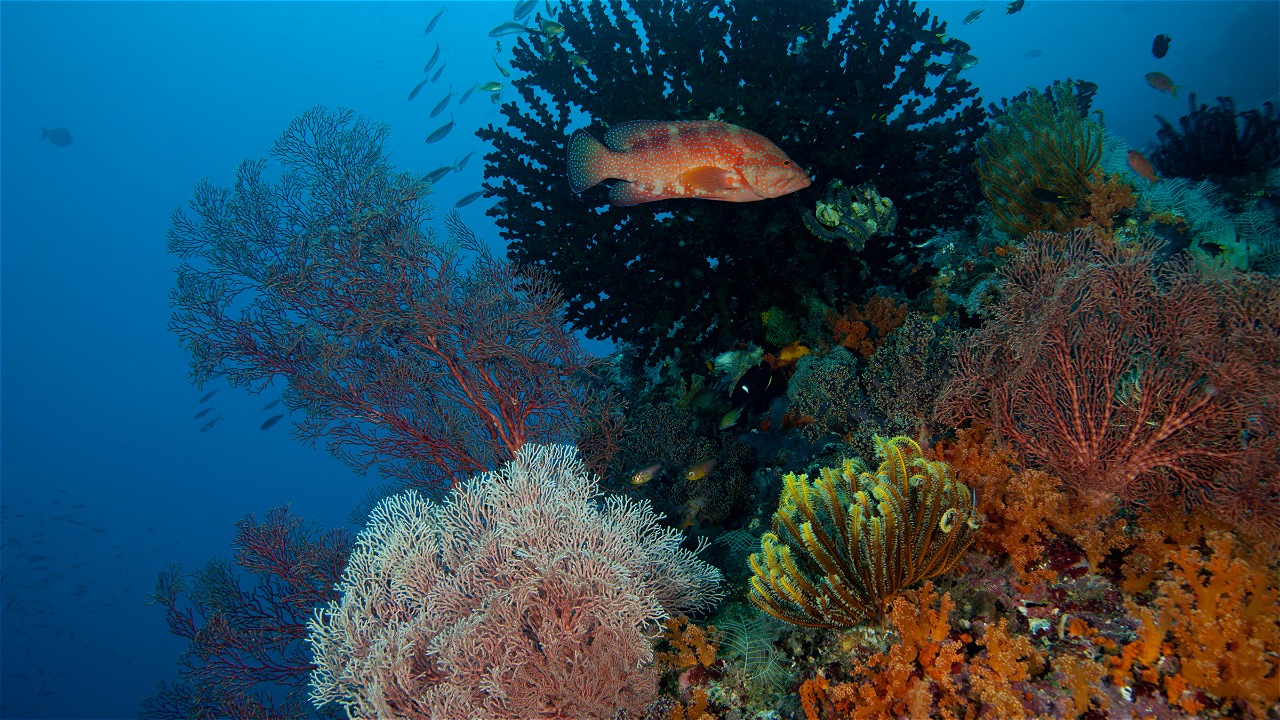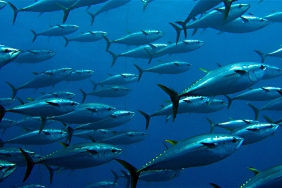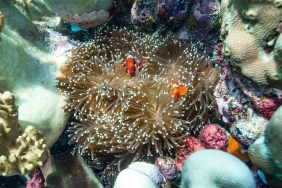IT'S TIME TO PROTECT THE CORAL TRIANGLE AREA
By: Natalia Trita Agnika
The Coral Triangle (CT) region spans six million square kilometers in six countries, including Indonesia. This area is a major source of livelihood and food for the surrounding communities and plays an important role in the earth's ecosystems.
76% of the world's coral reef species, 6 out of 7 sea turtle species, and around 2,228 reef fish species call the CT home. You can imagine the impact on the environment and the earth as a whole if there is an imbalance in the ecosystem there. It is only fitting that all parties-both governmental and non-governmental-keep and preserve this area, which is shared by Indonesia, Malaysia, the Philippines, Timor Leste, Papua New Guinea, and the Solomon Islands.
That's why every June 9, the world commemorates "Coral Triangle Day"; a public engagement campaign to protect the Coral Triangle, which has the highest marine biodiversity in the world.
In Indonesia, this year's "Coral Triangle Day" commemoration is filled with "Sustainable Seafood Festival" activities on June 13-14, 2015 in Kuta, Bali. A series of interesting events will be held, including Color Turtle Run, Seafood Dine Out, and Responsible Seafood Market.
Threats to the ecosystem conditions in the CT region arise from climate change. Not only does climate change threaten the coral reefs, it also threatens the fish ecosystem, mangrove forests, and the stability of the communities in the area. If greenhouse gas emissions continue to rise, large parts of the region could be lost by the end of the century (source: www.panda.org/coraltriangle). The environmentally unfriendly lifestyle of urbanites is fueling global warming. Therefore, the implementation of a green lifestyle must begin immediately. Various simple and fun forms of green lifestyle can be learned through the "Green Lifestyle WWF" sticker series which can be downloaded at Blackberry Messenger Shop.
In addition to climate change, the Coral Triangle underwater paradise is also in danger of being damaged by massive fishing practices using environmentally unfriendly methods. There's a good chance the seafood we eat comes from this poorly exploited region. The growing seafood lifestyle is contributing to the negative impact on the condition of coral reef ecosystems. The high demand for seafood has led to massive fishing practices and even the use of unsustainable methods.
As an urban community, we can help preserve the Coral Triangle by consciously buying and consuming environmentally friendly seafood produced from legal and non-destructive practices. One way to do this is by referring to the seafood guide whenever buying seafood.
Our lifestyle can change many things, including the environment. Implementing a green lifestyle is one easy way to help maintain the marine ecosystem and preserve the underwater paradise in the Coral Triangle.
Note to editor:
- The Coral Triangle is the most biodiverse marine region on Earth, and is as important to the life of the planet as the Amazon rainforest and the Congo lowlands.
- The Coral Triangle region supports the direct and indirect livelihoods of over 120 million coastal communities and billions of seafood consumers worldwide.





